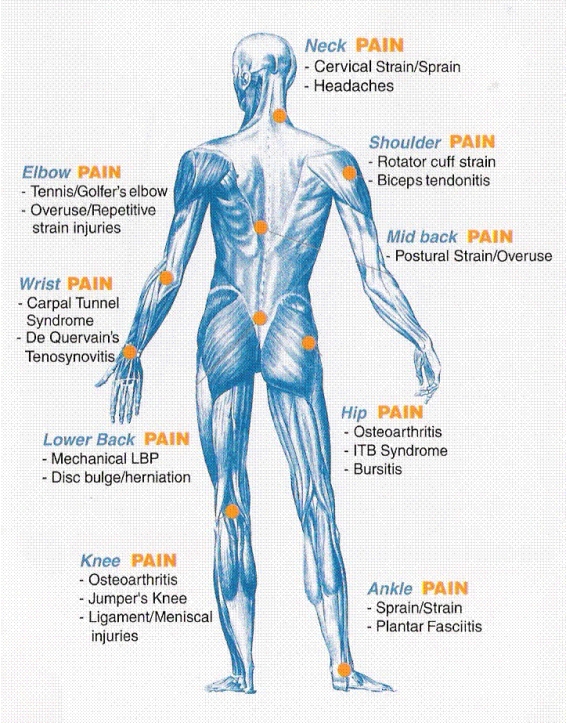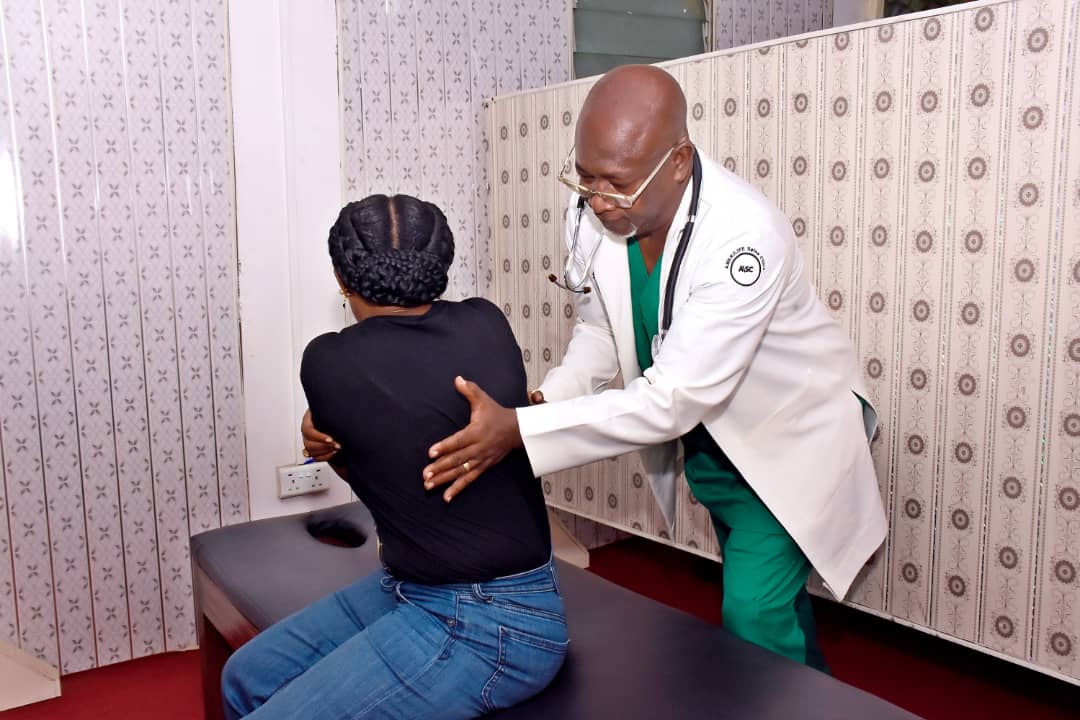The first visit lasts about 45min.
History
Initially, your chiropractor will start with taking a thorough medical case history, which will include your present complaint and your past health history.
Physical examination
You will then undergo an appropriate physical examination, including neurological and orthopedic tests, with emphasis on the neuromusculoskeletal system (nerves, muscles and joints). It may be essential to investigate other systems such as your heart, lungs and abdomen to rule out other causes of your problem.
Report of findings
You are then given a “Report of Findings” in which the chiropractor explains everything to you in detail – what’s causing your symptoms, what can be done about it, an estimate of how long it may take to feel better and how much treatment may be required.
Your tailored treatment plan may include advice on lifestyle, diet and exercise to enable you to take an active role in your recovery and avoid future relapses. Then, provided that no x-rays or further tests are necessary, treatment is usually given on the first visit.
If your chiropractor does not feel that chiropractic treatment is suitable in your case, you will be referred to your GP or an appropriate specialist for further investigations (blood tests or MRI). Your details are confidential and no one else will be able to see your notes without your permission.
X-ray
X-rays may be taken with our onsite digital x-ray facility if the chiropractor feels it is appropriate.
Follow-up treatments
On subsequent visits, treatment usually lasts about 15 minutes, depending on your condition and the treatment that you require. How many treatments you will need depends on numerous factors such as the nature of your problem, how long you’ve had it, how severe it is, how you respond to treatment and last, but by no means least, how much of the advice given you take on board!


